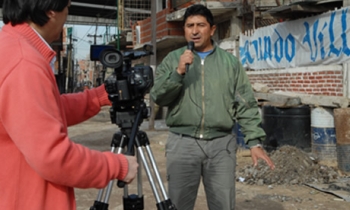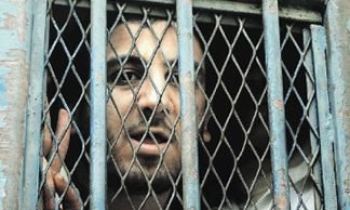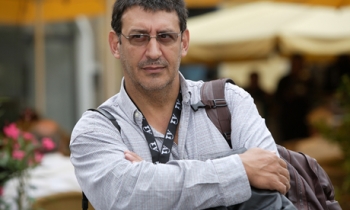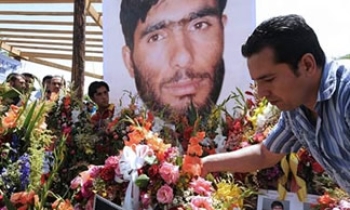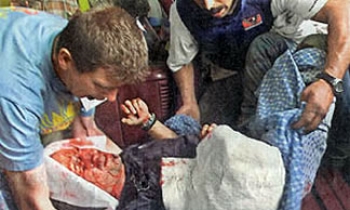Demand for training is overwhelming as midcareer journalists and news executives face the digital revolution, but the news industry response in the US is fractured, says a new survey.
The survey, conducted for the John S and James L Knight Foundation , shows training is failing to keep pace with the urgent and significant demands of industry transformation. This is Knight’s second major study of midcareer training for journalists in five years.

Six in 10 news organisations have cut their training budgets – which are significantly lower than in other industries – or are merely maintaining them, the survey of more than 2,000 journalists and news executives showed. One in 10 news organisations provides no training at all.
“Virtually everyone agrees training for journalists must increase,” said Eric Newton, Vice President/Journalism Programme for Knight Foundation. “What is puzzling and distressing is that only one in three news organisations are actually doing that. It’s as if only one-third of the news industry wants to have a future.”
The survey results, announced before the start of the American Society of Newspaper Editors (ASNE) convention, are part of News, Improved: How America’s Newsrooms Are Learning to Change, a new book that highlights the success of strategic professional development at more than two dozen newspapers in the United States.
The survey of 2,025 journalists and newsroom executives also showed:
- The top source of job discontent among the journalists is “lack of training and development opportunities.” Four in 10 say they are dissatisfied with training opportunities, compared to one-third who said they were dissatisfied in a similar survey five years ago.
- Journalists and executives give their organisation’s training performance a “C” grade on average. Their grades are slightly lower than those in the Knight survey five years ago.
- 90 per cent of journalists say they need more training; executives agree.
- 90 per cent of news executives say they themselves need more training, particularly management and new media training.

“The near-unanimity we see in some answers in the survey is striking. Journalists and executives overwhelmingly see a need for more training and they say it’s effective,” said Larry Hugick, Chair of Princeton Survey Research Associates International, which conducted the survey.
Executives say lack of money and time are the biggest obstacles to providing more training. On average, industry investment in training was largely flat compared to 2002, except for a drop at the high end, among organisations spending $1,000 or more and those allowing a staff member to be away for a month or more.
Organisations that have increased their training budgets tend to be more strategic about it: They are more likely to have a training coordinator, more likely to require staff members to participate in training and more likely to strongly link training to specific goals. In these newsrooms, staff and executives are more likely to give training an “A” or “B” grade.
Organisations in US growth areas in the South and West are more likely to have increased training than news outlets in the Northeast or Midwest. Organisations increasing training tend to be national media organisations, the top 100 newspapers in circulation, and smaller-market television outlets. Weekly newspapers, local radio and ethnic media are less likely to provide training, suggesting they are more reliant on free training.

Training in ethics and law and in journalism craft such as writing, photography and design are most often provided, followed by new media. Most news organisations plan to increase their spending for new media training while content or beat training such as politics, business or health is provided less frequently and the amount has declined since 2002.
“Most of the news industry seems to be maintaining the attitude that training is not a high priority. That’s a missed opportunity,” says Michele McLellan, co-author of News, Improved. “Savvy, strategic training will get us where we need to go – to a place where the journalism we all value moves across multiple platforms and engages large audiences. We saw newsrooms improve their skills and become more adaptive as a result of smart training programmes.”
The survey was conducted between September 5 and November 16, 2006. The margin of error for the survey of 741 news executives is plus or minus 5 percentage points; the staff survey of 1,284 news staffers has an error margin of plus or minus 3 percentage points.


